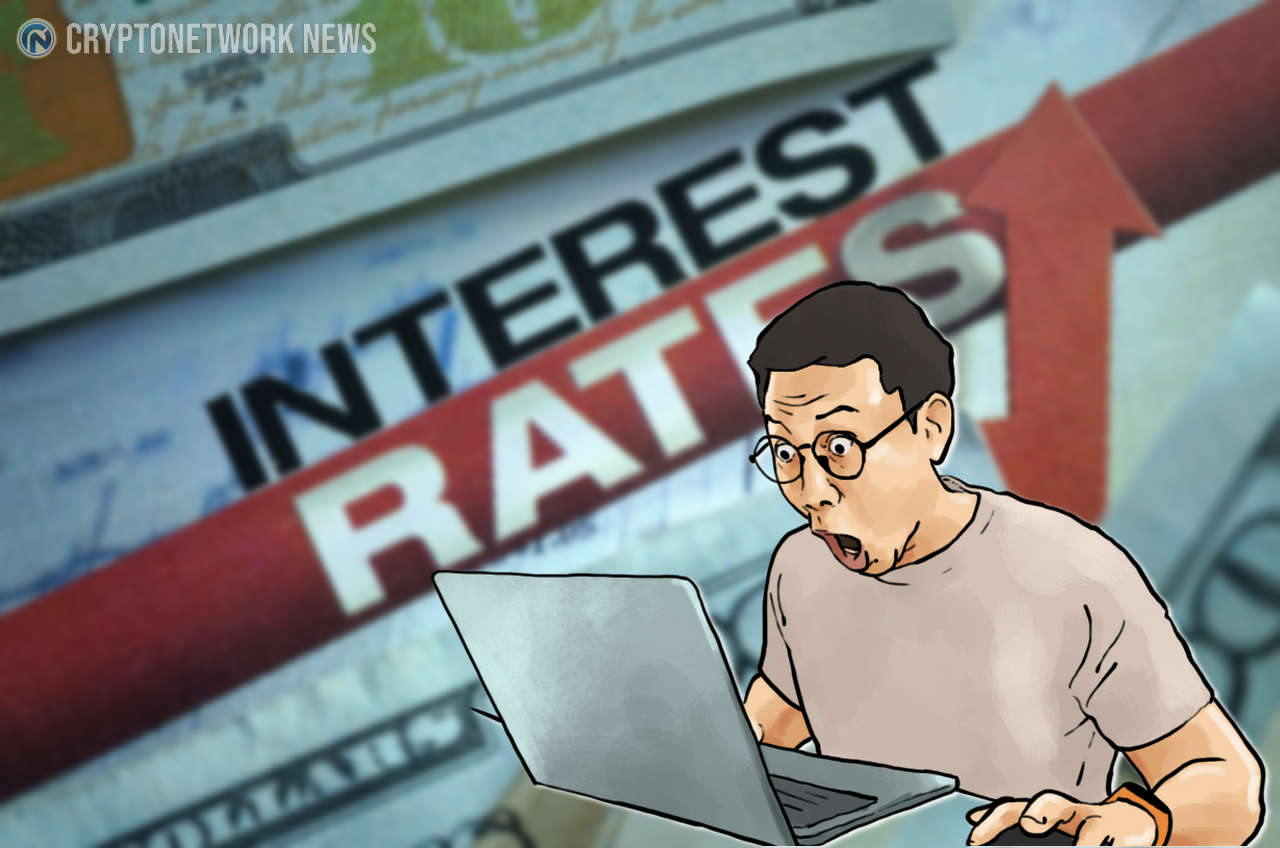Tobias Adrian is the Financial Counsellor and Director of the International Monetary Fund‘s (IMF) Monetary and Capital Markets Department.
Central banks have played a pivotal role in easing financial conditions in response to the COVID-19 shock and helped avert a catastrophic downturn. However, their work is far from done. The more monetary stimulus will be needed to support economic recovery, and central banks are implementing innovative new strategies to provide it.
While the new approaches are both necessary and welcome, policymakers must weigh the pros of providing more stimulus today against the potential cons of higher financial stability risks down the road. I present a model for quantifying the tradeoff between support today and vulnerability tomorrow in a new paper.
New strategies for new challenges
Even before the pandemic, central banks were struggling to boost economic activity and bring inflation to target. A range of policies, including forwarding guidance and asset purchases, was deployed to spur a strong recovery in employment after the Global Financial Crisis. But a sharp decline in the neutral rate of interest reduced the scope to counter low inflationary pressures. Even with interest rates very low out the yield curve, inflation remained chronically low and appeared to be pulling down long-run inflation expectations in many economies. This is a concern because it would put downward pressure on nominal yields and further erode policy space.
The COVID-19 crisis has dramatically intensified these challenges. Employment has collapsed, threatening a major humanitarian crisis in many economies, and inflation has been further depressed by weak activity and falling commodity prices. While more stimulus is needed—along with better ways to anchor inflation expectations—the post-2008 playbook won’t suffice. Policy rates have already been pushed to zero or below, and low yields on long-term government bonds limit the scope to provide stimulus through purchases of these instruments.
In November, I joined a panel hosted by the IMF, New Policy Frameworks for a “Lower-for-Longer” World, to consider how some leading central banks address these challenges. Richard Clarida (Federal Reserve), Philip Lane (European Central Bank), and Carolyn Wilkins (Bank of Canada) discussed the monetary policy framework reviews that their institutions have launched, focusing on new ways to boost employment and inflation in this very low-rate environment.

The Fed recently completed its review, adopting an innovative “make-up” strategy also being considered by other central banks: to allow inflation to overshoot its target to make up for a period in which it has run low, helping to better anchor inflation expectations around targets. The prospect that the central bank will allow the economy to run hot in the future—so that inflation can overshoot—may create more optimism today and fuel a more robust recovery.
Financial stability tradeoffs
Central banks are also exploring how unconventional policies already in use, such as purchases of sovereign bonds or corporate debt, can be used more aggressively. Combined with new approaches, this can play a critical role in speeding the recovery from COVID-19 and future shocks hitting economies. But these even more accommodative policies may pose substantial risks down the road by encouraging excessive risk-taking and a build-up of vulnerabilities.
Ideally, financial regulation (macroprudential policies) should serve as the first line of defense in mitigating financial stability risks, consistent with Fund policy advice. But that may fall short, often reflecting the lack of tools to contain vulnerabilities such as in nonbank financial institutions or implementation hurdles stemming from the political process.
Accordingly, monetary policymakers must incorporate macro-financial stability considerations in their decision making, besides the path of output, unemployment, and inflation. At the “New Frameworks” event, I presented a “New Keynesian” modeling framework that allows central banks to quantify the tradeoff between boosting inflation and output in the near-term and increasing financial stability risks down the road.

In the framework, easy monetary policy stimulates aggregate demand through standard channels and a risk-taking mechanism. Looser monetary policy today relaxes financial conditions and reduces near-term risks to both output and financial stability, but also cause financial fragilities to grow over time, increasing output risk in the medium term. The framework is designed to help policymakers balance this “intertemporal” tradeoff associated with “low-for-long” monetary policies, including those deployed in response to COVID-19.
Macroprudential policies may influence these tradeoffs, and the active deployment of tools to contain financial stability would allow more prolonged accommodation and promote faster recovery. It is also vital to consider how monetary policy easing by major central banks may affect foreign economies’ financial stability through increased risk-taking and a build-up of leverage. The IMF’s efforts to develop an integrated policy framework in recent years—which considers how central banks can use macroprudential policies, capital flow management tools, and foreign exchange intervention to achieve their objectives—should be constructive in assessing how to mitigate such risks.
Conclusion
Central banks’ bold and innovative strategies to address the challenges of a “lower-for-longer” environment post-COVID-19 should provide additional firepower to support faster global recovery and help achieve their inflation targets. But central banks need to be vigilant in managing the risks to financial stability that may accompany these accommodative policies and make the future consequences of their present actions a crucial part of their decision making.
This article has been republished from blogs.imf.org.





No Comment